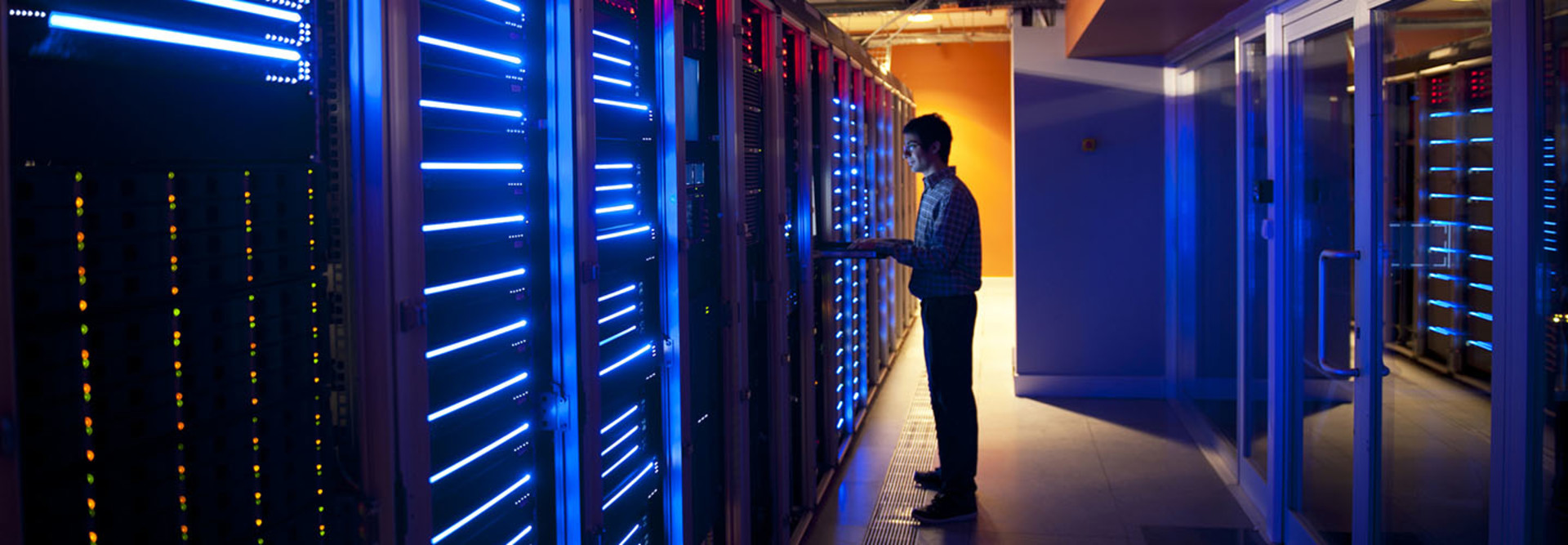The Problem with Technical Debt
Some agencies have racked up technical debt to the point where their systems are more than a decade old. With limited funding from appropriations, there is only so much outdated equipment they can replace. Aging IT infrastructure is more vulnerable to cyberattacks and can make it harder for agencies to attract top tech talent.
By comparison, an OPEX model enables consistent technology refreshes. The result is that hyperscalers and companies like Dell Technologies can provide regularly updated Software as a Service, D’Alessandro says.
A common misconception is that allowing a hyperscaler to migrate an agency to a public cloud will be cheaper and faster than doing so internally. That’s not always the case with ingress and egress rates and data calls to on-premises data cubes. Latency at the edge is also a challenge, D’Alessandro says.
Modern IT infrastructures allow access to data and apps anywhere: on-premises, at a colocation center, in the cloud or at the edge. They also allow for cyber resilience, self-healing IT and artificial intelligence for recovery, D’Alessandro says.
Dell Technologies writes to open application programming interfaces, allowing for on-premises, colocation and multicloud. Open APIs further ensure the consistent operation of Dell’s servers and storage, so coders can focus on coding rather than hardware and software stack setup.
EXPLORE: How the FITARA scorecards are encouraging IT modernization.
Aligning Your Server Strategy with a Zero-Trust Model
A CAPEX model will hinder a civilian agency’s ability to meet the September 2024 federal deadline to implement zero-trust security architectures; the same is true for the Department of Defense and its September 2027 deadline. Even so, D’Alessandro says, agencies should do their best to ensure their server equipment aligns with the federal zero-trust strategy’s five pillars: identity, devices, networks, applications and workloads, and data.
Dell’s PowerEdge servers use a silicon-based root of trust to attest to the integrity of the code running, and Secured Component Verification supply chain assurance to verify factory manufacturing.
Additionally, Dell’s APEX Flex on Demand consumption model lets agencies set the percentage of infrastructure they’ll use for a particular workload as a monthly cost. They’ll be charged only if they exceed their usage level.
Payment models aside, another barrier to agencies modernizing IT infrastructure is poor change management. Agencies need skilled employees who understand and embrace hyperconverged infrastructure. Barring that, they may have to outsource the work, D’Alessandro says.
LEARN ABOUT: How much progress are federal agencies making on network modernization?
Technology’s Rapid Evolution Means Annual Re-Evaluation
Agencies need to consistently re-evaluate their IT infrastructure.
“You could argue on a yearly basis when you think about how fast things are changing,” D’Alessandro says. Dell Technologies’ networking business has improved with the development of Open Networking disaggregating hardware from software, he says. Multiprotocol label switching can use a different operating system if needed.
The company also joined Software for Open Networking in the Cloud, the open-source network operating system on which Microsoft based Azure. That added more than 1 million lines of code and fixed about 40,000 identified problems “really quickly,” D’Alessandro says.
There are other technological advancements to consider annually. Dell servers are now in the 16th generation, and the increased heat they generate requires liquid cooling to prevent them from malfunctioning.
Both the public and private sectors will need to transition to post-quantum cryptographic algorithms, given recent advances in quantum computing rendering traditional cryptography vulnerable.
“AI and machine learning are other areas that would make me say you probably want to look at IT on a yearly basis,” D’Alessandro says.
Brought to you by:











